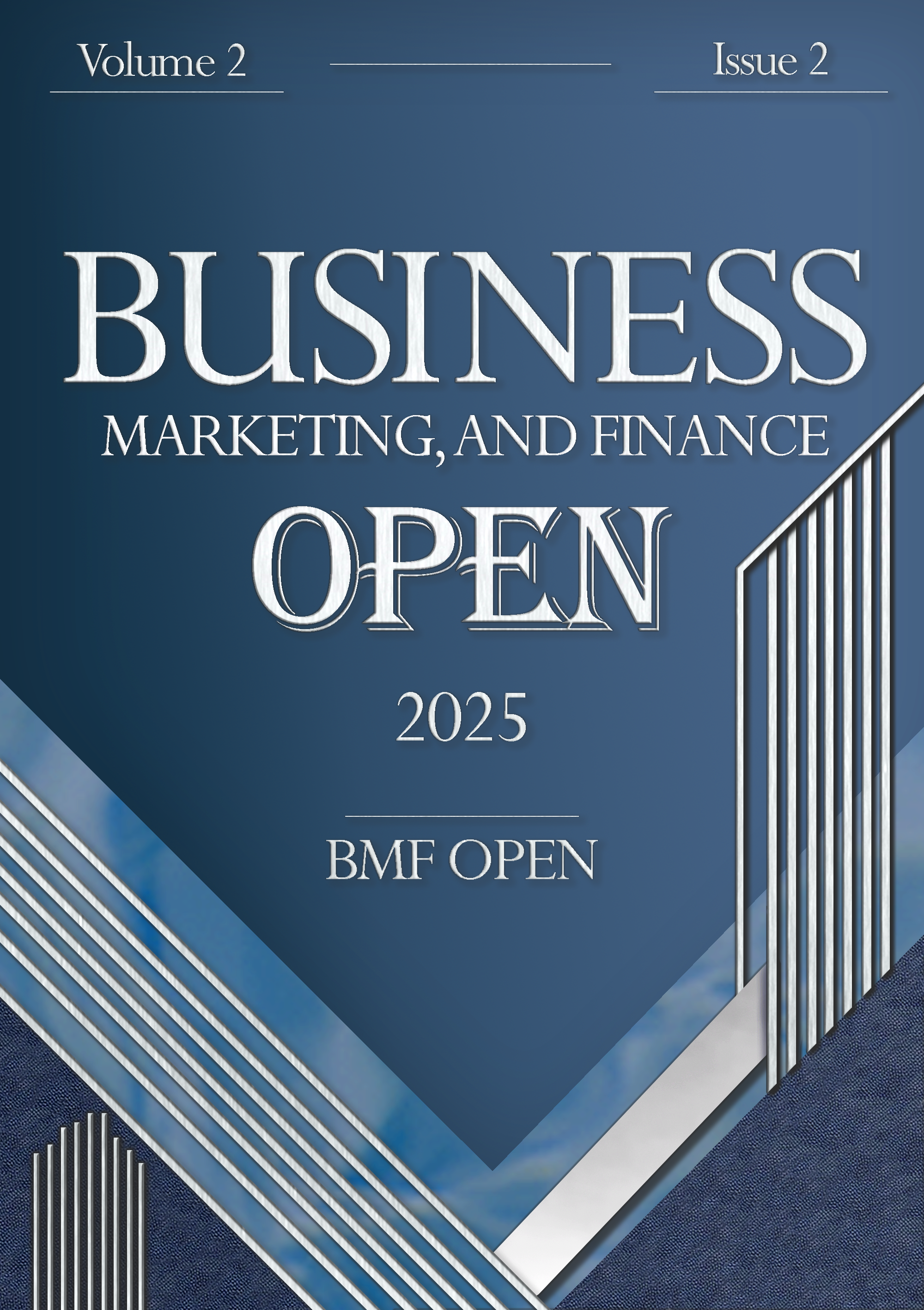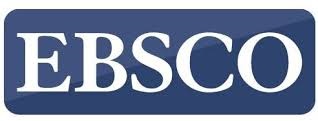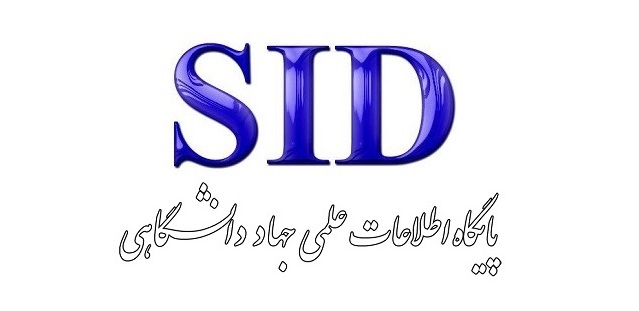Explaining the Relationship Between Islamic Financial Instruments and Economic Growth in the Agricultural, Industrial, and Service Sectors of the Country
Keywords:
Islamic finance, Sukuk, Islamic debt securities, economic growthAbstract
Islamic finance has emerged in the global financial literature with the aim of offering a new model to replace traditional and conventional financial systems and to provide financial, commercial, and investment opportunities aligned with Shariah principles. The main objective of the present study is to examine the impact of Islamic finance on the growth of Iran’s economic sectors. To this end, the effect of the volume of issued Sukuk and the volume of issued Islamic debt securities was investigated separately for the three economic sectors, namely industry, agriculture, and services. Accordingly, quarterly data from 2012 to 2023 were analyzed using both time series and panel data approaches. The results of model estimation showed that, under the time series approach, the impact of Sukuk financial instruments on the country's economic growth was greater than that of Treasury bills. In contrast, under the panel data approach, it was found that although the volume of Sukuk and the volume of issued Islamic debt securities had a positive and significant impact on the economic growth of the three sectors, this impact was not substantial and could not serve as a driving force for economic growth in the three sectors. In fact, the findings indicate that Islamic finance has not had a significant impact on the growth of Iran’s economic sectors. Numerous control variables have confounded the effectiveness of Islamic financial instruments. Therefore, it is expected that if macroeconomic conditions improve—including increased capital formation, improved labor force participation rates, reduced inflation, and improvements in other macroeconomic variables—the impact of Islamic financial instruments will become more pronounced and significant. Policymakers could, by ensuring the developmental effects of Islamic financial instruments, replace conventional financial instruments with Sukuk and Treasury bills and promote their broader issuance.
References
A. Haruna, H. Tekam Oumb, A. Mboutchouang Kountchou, and C. B. Pilag Kakeu, "Can Islamic finance enhance the innovation capacity of Cameroonian SMEs? Empirical evidence based on a multivariate probit approach," Borsa Istanbul Review, vol. 24, pp. 187-200, 2024.
T. L. Nawrocki and I. Jonek-Kowalska, "Is innovation a risky business? A comparative analysis in high-tech and traditional industries in Poland," Journal of Open Innovation: Technology, Market, and Complexity, vol. 8, no. 3, p. 155, 2022.
M. A. Kountchou, A. Haruna, H. Tekam Oumb' e, and M. A. K. Wirajing, "Women empowerment in africa: Can we rely on islamic finance?," Journal of Islamic Accounting and Business Research, 2023, doi: 10.1108/JIABR-06-2023-0175ER -.
M. Ghaffari Fard, A. Rahmati, and D. Yousefzai, ""The Role of Islamic Finance on Economic Growth of Selected Islamic Countries Using Panel Data (Case Study of Islamic Sukuk)"," Faslnameh-ye Elmi Eghtesad va Bankdari Eslami (Scientific Journal of Islamic Economics and Banking), no. 29, pp. 103-120, 2019.
Z. Salehi, M. Vaezi Barzani, and M. Toghyani Dolatabadi, ""Securitization in Islamic Banking"," Faslnameh-ye Elmi Eghtesad va Bankdari Eslami (Scientific Journal of Islamic Economics and Banking), no. 31, pp. 117-146, 2020.
G. R. Askarzadeh Dareh, Z. Memarpour, and H. Fallahi, ""Investigating the Relationship between Islamic Financial Instruments (Sukuk) and Economic Growth"," Faslnameh-ye Motale'at-e Mali va Bankdari Eslami (Journal of Islamic Finance and Banking Studies), vol. 7, no. 16, pp. 1-16, 2021.
F. Chiad and A. Gherbi, "The Role of Islamic Banks in Promoting Economic Growth and Financial Stability: Evidence from Saudi Arabia," Department of Finance College of Business, Imam Mohammad Ibn Saud Islamic University (IMSIU), Online at https://mpra.ub.uni-muenchen.de/122409/, MPRA Paper No., vol. 21, no. 3, 2024, doi: 10.21511/imfi.21(3).2024.29.
M. A. Ledhem and M. Mekidiche, "Islamic finance and economic growth: The Turkish Experiment," ISRA International Journal of Islamic Financ, vol. 14, no. 1, pp. 4-19, 2022, doi: 10.1108/IJIF-12-2020-0255.
M. Muhammad, A. Khan, and H. Abdur Rehman, "Islamic Finance and Economic Growth: The Case of Pakistan's Economy," Islamic Banking and Finance Review, vol. 6, pp. 24-38, 2020.
S. M. Juhro, P. Kumar Narayan, and B. Njindan Iyke, "Is there a role for Islamic finance and R&D in endogenous growth models in the case of Indonesia?," Pacific-Basin Finance Journa, pp. 10297-10297, 2020.
W. Mensi, S. Hammoudeh, A. Kumar Tiwari, and K. Hamed Al-Yahyaee, "Impact of Islamic banking development and major macroeconomic variables on economic growth: Evidence from panel smooth transition models," Economic Systems, 2019, doi: 10.1016/j.ecosys.2019.100739.
K. Gazdar, M. K. Hassan, M. F. Safa, and R. Grassa, "Oil price volatility, Islamic financial development and economic growth in Gulf Cooperation Council (GCC) countries," Borsa Istanbul Review, vol. 19, no. 3, pp. 197-206, 2019.
J. Boukhatem and F. Ben Moussa, "The effect of Islamic banks on GDP growth: Some evidence from selected MENA countries," Borsa Istanbul Review, vol. 18, no. 3, pp. 231-247, 2018, doi: 10.1016/j.bir.2017.11.004.
S. Kassim, "Islamic Finance and Economic Growth: the Malaysian Experience," Global Finance Journal, pp. 1-25, 2016, doi: 10.1016/j.gfj.2015.11.007.
R. Ghanbarzadeh, ""Islamic Finance and its Role in Economic Development"," 2024.
M. Ebrahimi, S. A. Paytakhti Eskuei, and R. Al-e Omran, ""Investigating the Impact of Islamic Finance Instruments (Sukuk) on Economic Growth in Iranian Provinces: A Generalized Moments Approach"," Do Faslnameh-ye Elmi Jostar-ha-ye Eghtesadi-ye Iran (Scientific Bi-annual Journal of Economic Studies of Iran), vol. 20, no. 40, pp. 279-306, 2023.
H. Amiri, M. Rezaei Mirghaed, M. Nasresfahani, and R. Heydari Gharehsoo, ""Islamic Finance and Economic Growth with Emphasis on Banks and Capital Markets, Evidence from Islamic Countries"," Do Faslnameh-ye Motale'at va Siasat-haye Eghtesadi (Bi-annual Journal of Economic Studies and Policies), vol. 8, no. 1, pp. 305-324, 2021.
S. J. Alavi, M. M. Lotfi Haravi, and M. Asadi, ""Investigating the Relationship between Financial Development and Economic Growth in Iran in the Post-Islamic Revolution Period"," 2021.
F. Habibi and S. Omidi, ""Islamic Finance and Economic Growth: The Experience of Iran"," Faslnameh-ye Elmi Eghtesad va Bankdari Eslami (Scientific Journal of Islamic Economics and Banking), no. 30, pp. 141-159, 2020.







